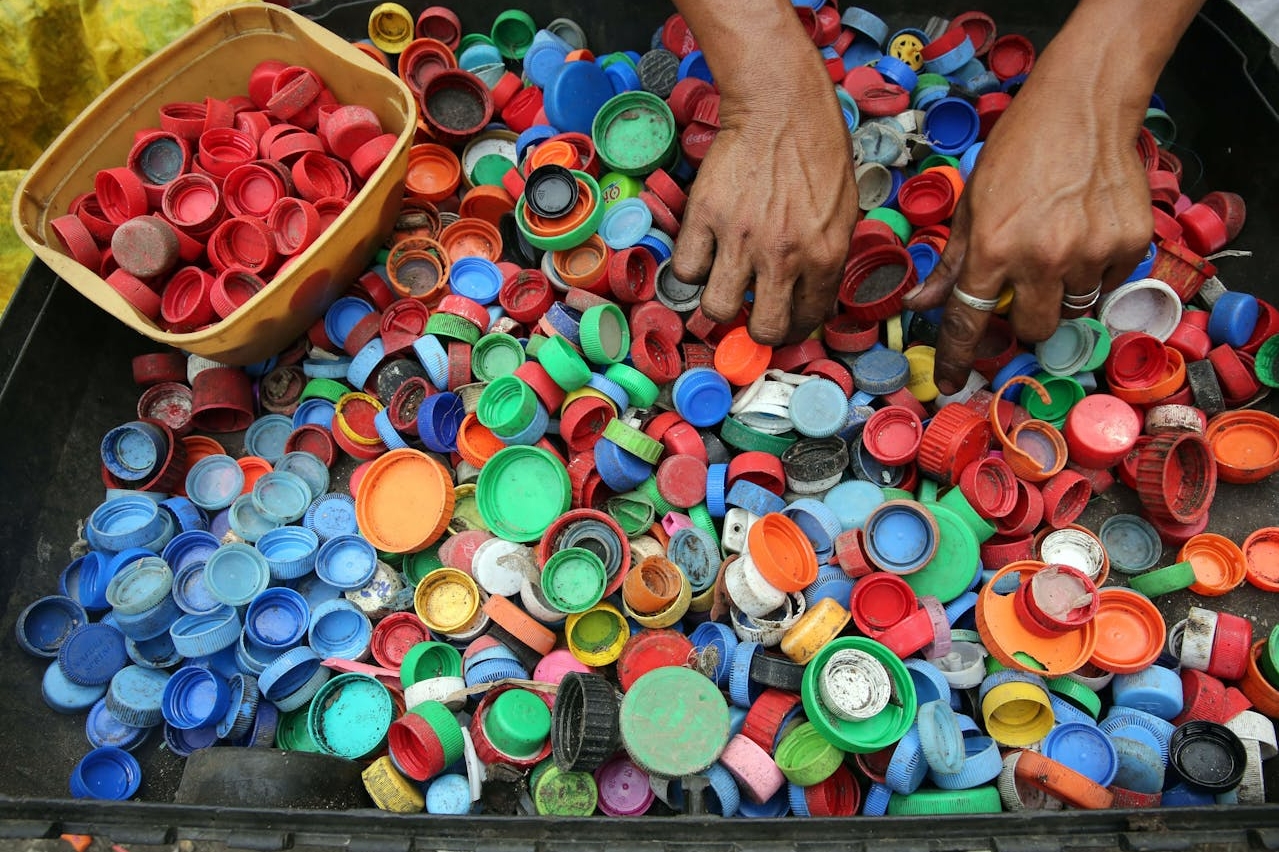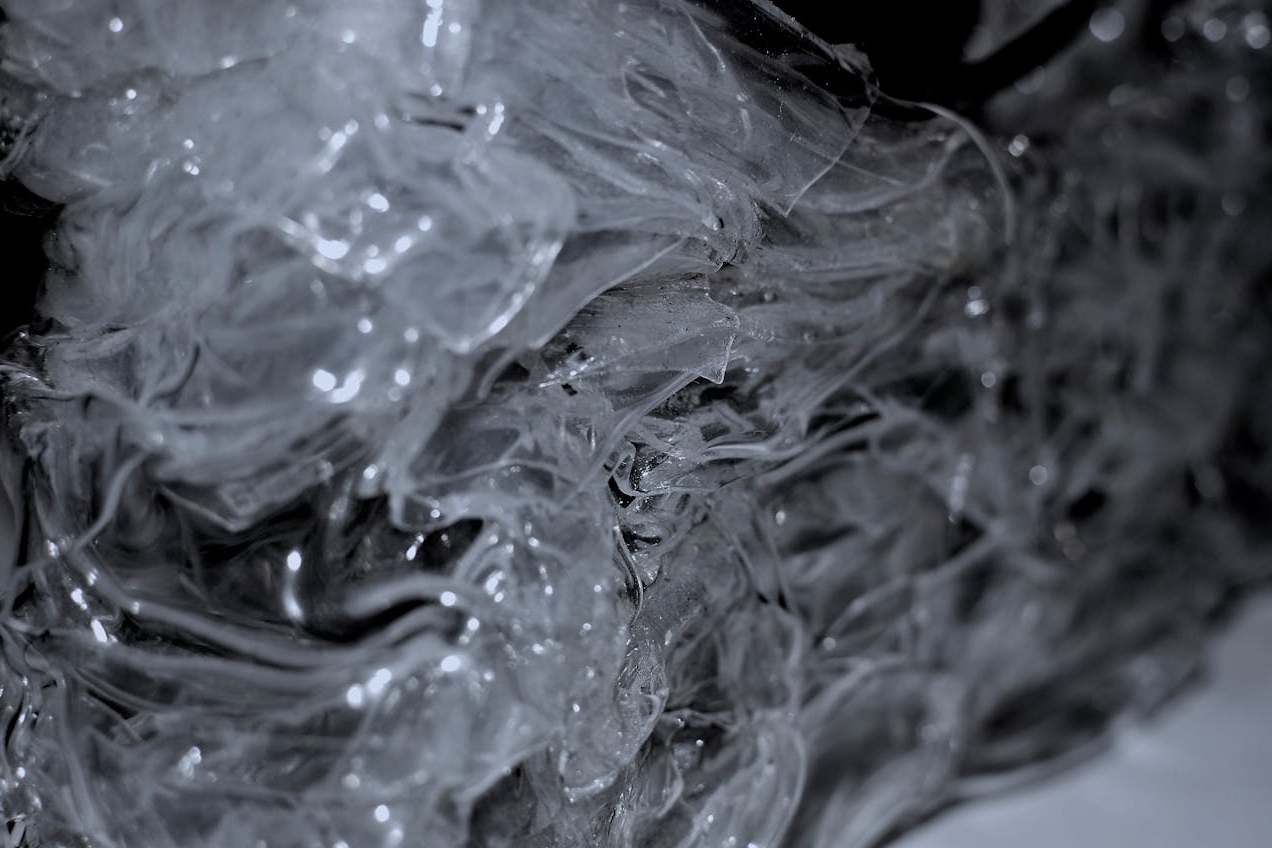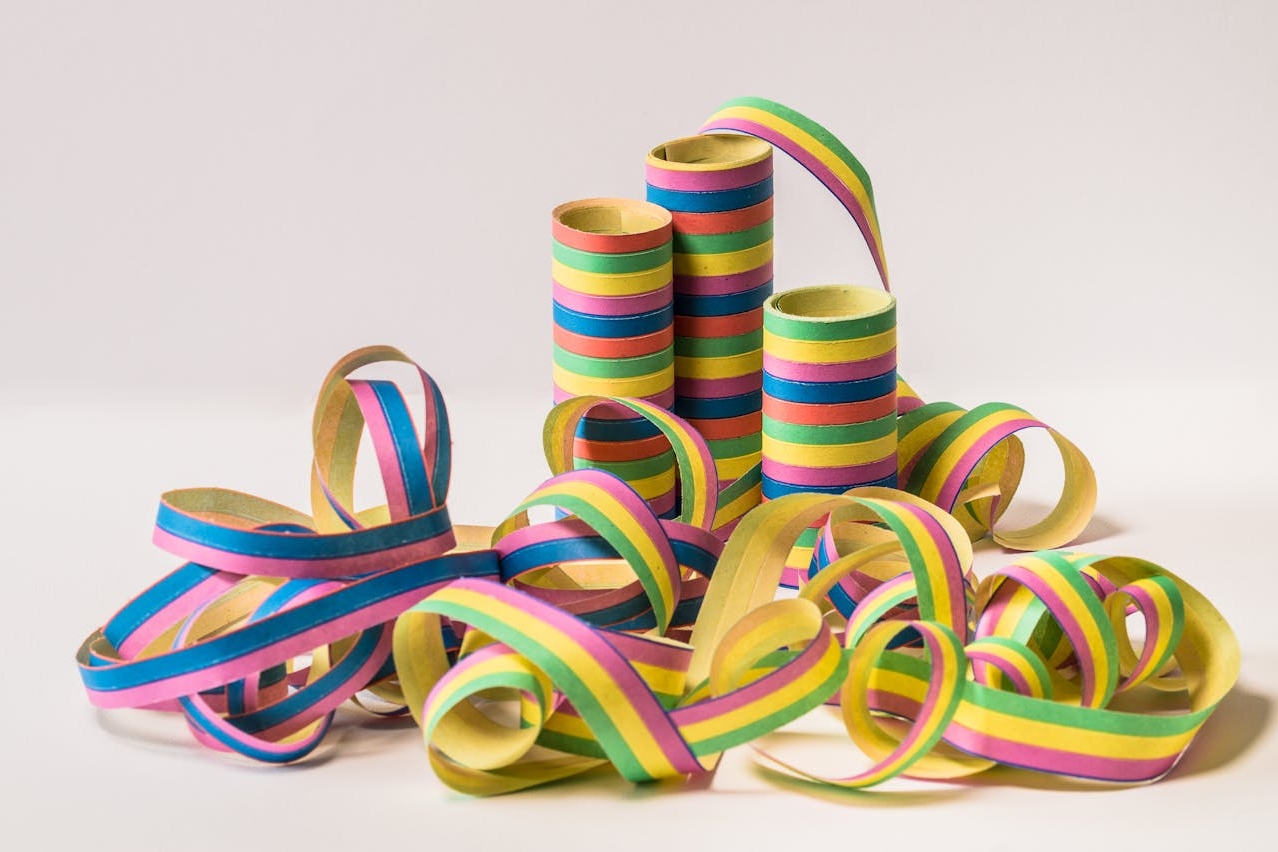Indian weddings are renowned for their opulence, grandeur, and intricate rituals, making them a spectacle unlike any other. Central to the splendor of Indian weddings is the bridal attire, which showcases a magnificent blend of tradition and modernity. From elaborate sarees and lehengas to exquisite jewelry, Indian wedding couture embodies centuries of cultural heritage and craftsmanship. In this blog post, we delve into the enchanting world of Indian wedding couture, exploring the timeless elegance and evolving trends that define this extraordinary tradition.
The Timeless Elegance of Indian Bridal Wear: Indian bridal wear is synonymous with elegance, luxury, and sophistication, reflecting the rich cultural heritage and artistic traditions of the country. Traditional bridal attire varies from region to region, with each culture boasting its unique styles, fabrics, and motifs. Whether it’s the vibrant silk sarees of South India, the intricately embroidered lehengas of North India, or the regal kanjeevarams of the East, Indian bridal wear exudes timeless elegance and grace.
Evolution of Bridal Fashion: While traditional bridal attire remains a cornerstone of Indian weddings, there has been a noticeable evolution in bridal fashion in recent years. Modern brides are embracing contemporary silhouettes, unconventional color palettes, and experimental designs, adding a touch of freshness and individuality to their bridal ensembles. Designers are incorporating innovative techniques, such as 3D embroidery, laser-cut detailing, and digital printing, to create bridal couture that is both traditional and cutting-edge.
The Role of Jewelry in Bridal Ensembles: No Indian bridal ensemble is complete without exquisite jewelry, which plays a pivotal role in enhancing the bride’s beauty and elegance. Indian bridal jewelry is characterized by its intricate designs, vibrant gemstones, and symbolic significance. From elaborate necklaces and chokers to intricately crafted bangles and earrings, bridal jewelry in India encompasses a wide range of styles and traditions. Each piece is meticulously crafted by skilled artisans, using techniques passed down through generations, making it a cherished heirloom for generations to come.
Trends in Indian Wedding Couture: The world of Indian wedding couture is constantly evolving, with new trends emerging each season. Some of the latest trends in Indian bridal wear include statement sleeves, contemporary draping styles, and minimalist embroidery. Additionally, there is a growing demand for sustainable and eco-friendly bridal wear, with brides opting for organic fabrics, recycled materials, and ethical production practices. These trends reflect a shift towards conscious consumerism and a desire to make a positive impact on the environment.
Preserving Cultural Heritage: Indian wedding couture not only celebrates the beauty and elegance of bridal attire but also preserves the cultural heritage and craftsmanship of the country. Many traditional techniques, such as zardosi, gota patti, and bandhani, have been passed down through generations, ensuring that each bridal ensemble is a testament to India’s rich artistic traditions. By embracing traditional craftsmanship and supporting artisanal communities, Indian wedding couture contributes to the preservation of cultural heritage and the promotion of sustainable livelihoods.
Conclusion: Indian wedding couture is a mesmerizing blend of tradition and modernity, capturing the essence of India’s rich cultural heritage and artistic traditions. From timeless bridal attire to exquisite jewelry, Indian weddings are a celebration of elegance, grace, and beauty. As the world continues to embrace Indian fashion and jewelry, the allure of Indian wedding couture remains undiminished, captivating brides and audiences alike with its enchanting blend of tradition and innovation.




